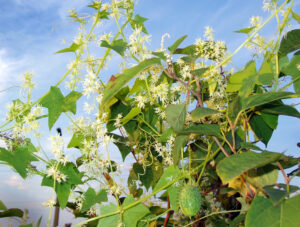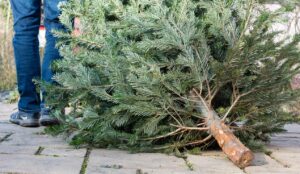
Proper disposal of Christmas trees and other plant-based holiday decorations is key to preventing the spread of invasive plants, insects and diseases. / Photo Credit: Central Virginia Waste Management Authority
By Wisconsin DNR
Invasive plants and insects don’t mind playing the long game. After all, they’re just trying to survive and thrive, like the rest of us.
They’ll hang out as part of your holiday decorations throughout the season, just on the chance humans might dispose of them improperly, giving them an opportunity to find a new home in your yard or neighborhood. Their growth and feeding can often harm native trees, native plants and entire ecosystems over time.
Continue reading “Be Mindful Of Invasives During Holiday Clean-Up”

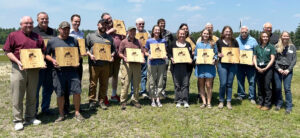
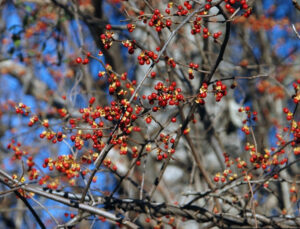
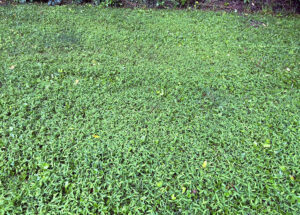
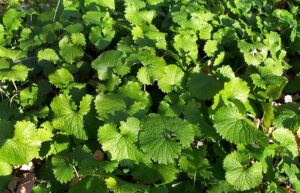
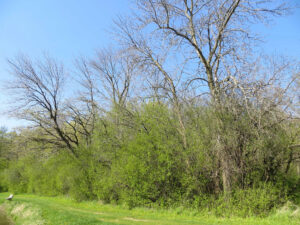
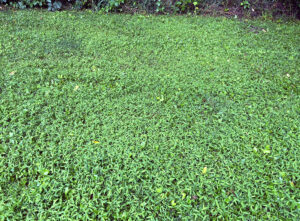
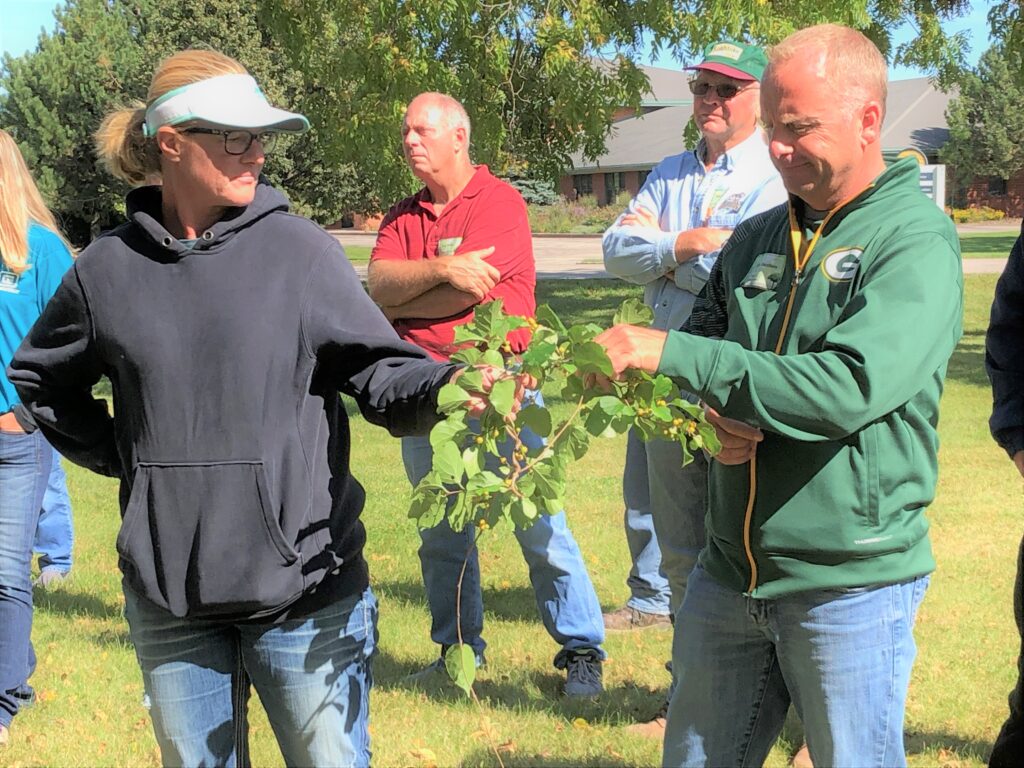 The Wisconsin Department of Natural Resources is partnering with the UW-Madison Division of Extension to host a series of fall workshops on invasive species plant identification and management. Learn about invasive plants in urban settings, focusing on identification, impacts, management and available resources. Dr. Mark Renz (professor and Extension specialist with UW-Madison) will lead the instruction, with Travis Wilson, Matt Wallrath and John Zabrosky assisting. Each workshop will include morning classroom instruction followed by hands-on field demonstrations in the afternoon. The cost of the workshop is $40 and includes lunch.
The Wisconsin Department of Natural Resources is partnering with the UW-Madison Division of Extension to host a series of fall workshops on invasive species plant identification and management. Learn about invasive plants in urban settings, focusing on identification, impacts, management and available resources. Dr. Mark Renz (professor and Extension specialist with UW-Madison) will lead the instruction, with Travis Wilson, Matt Wallrath and John Zabrosky assisting. Each workshop will include morning classroom instruction followed by hands-on field demonstrations in the afternoon. The cost of the workshop is $40 and includes lunch.  *These training opportunities are provided as an information service only and do not constitute an endorsement from the Wisconsin Department of Natural Resources (DNR).
*These training opportunities are provided as an information service only and do not constitute an endorsement from the Wisconsin Department of Natural Resources (DNR).